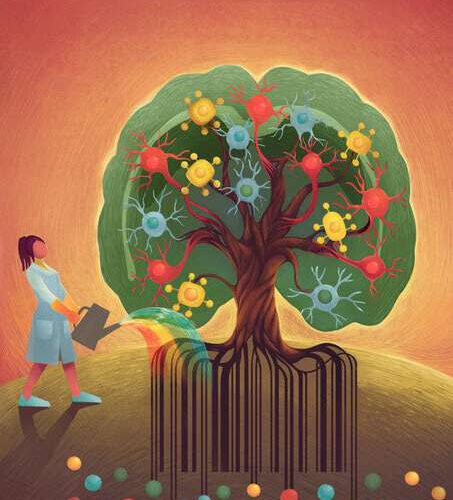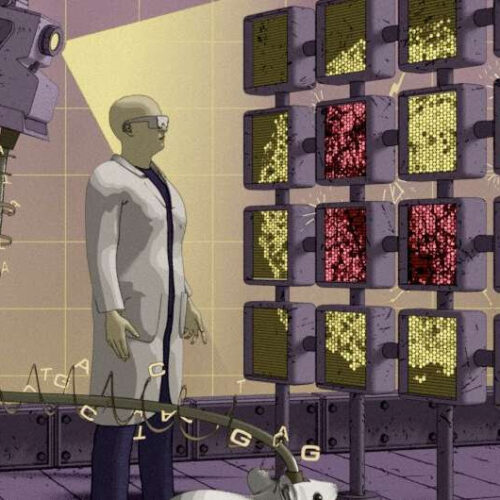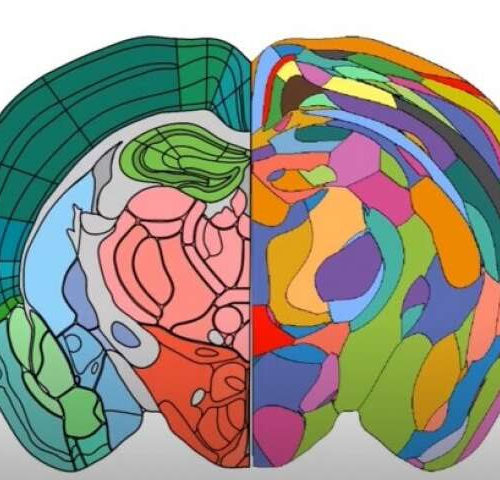by Ingrid Fadelli, Medical Xpress Cover art that illustrates “next-generation clonal tracing”: genetic barcodes and high-throughput sequencing can be used to reveal how “simple” cells (spheres in the ground) develop into a range of ”complex” cell types (leafs in the tree) of the brain. Image credit: Lesya Adamchuk (Ella Maru Studio, Inc.). Copyright © 2022...
Tag: <span>mouse brain</span>
Study identifies reactive neuroinflammatory astrocyte subtypes in the mouse brain
by Ingrid Fadelli , Medical Xpress Astrocyte responses to inflammation produce many different clusters of ‘reactive’ sub-states. Hasel et al. find that astrocytes respond to acute inflammation by producing many reactive ‘sub-states’ which have defined transcriptomic profiles and spatial locations. This image shows a spatial transcriptomic image projected from the mouse brain onto the screens....
New method developed for mapping brain areas according to molecular profile
by Felicia Lindberg, Karolinska Institutet Researchers have mapped the mouse brain into areas according to their molecular profile. In a new study researchers at Karolinska Institutet and KTH Royal Institute of Technology have developed a new kind of brain atlas based on an innovative method of mapping brain tissue into areas according to their molecular...
Study shows mouse cerebellum quite different from human
by Bob Yirka , Medical Xpress An international team of researchers has found that the mouse cerebellum may not be a good model for the human cerebellum in brain studies. In their study published in the journal Science, the group describes their comparison study that involved the human, mice and macaque cerebellums as they developed....



